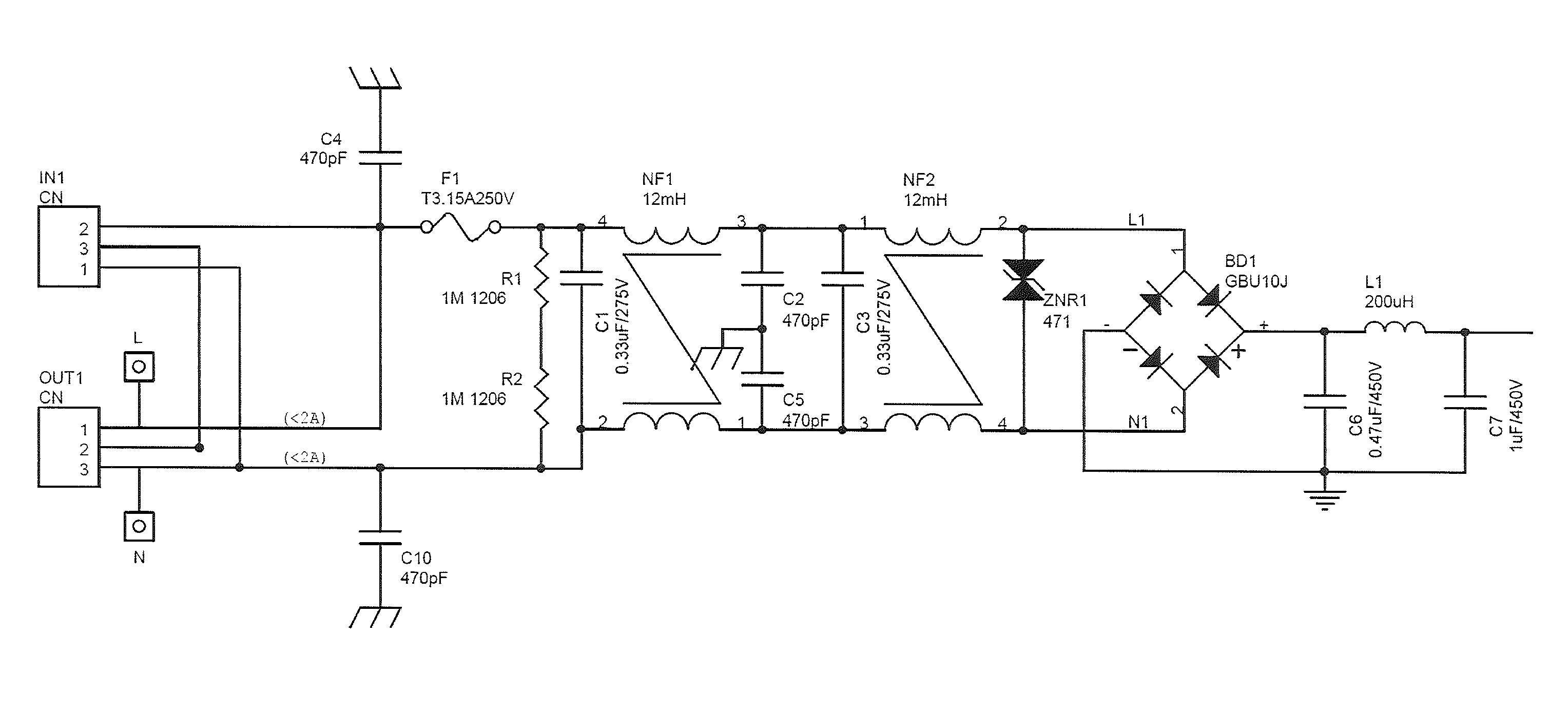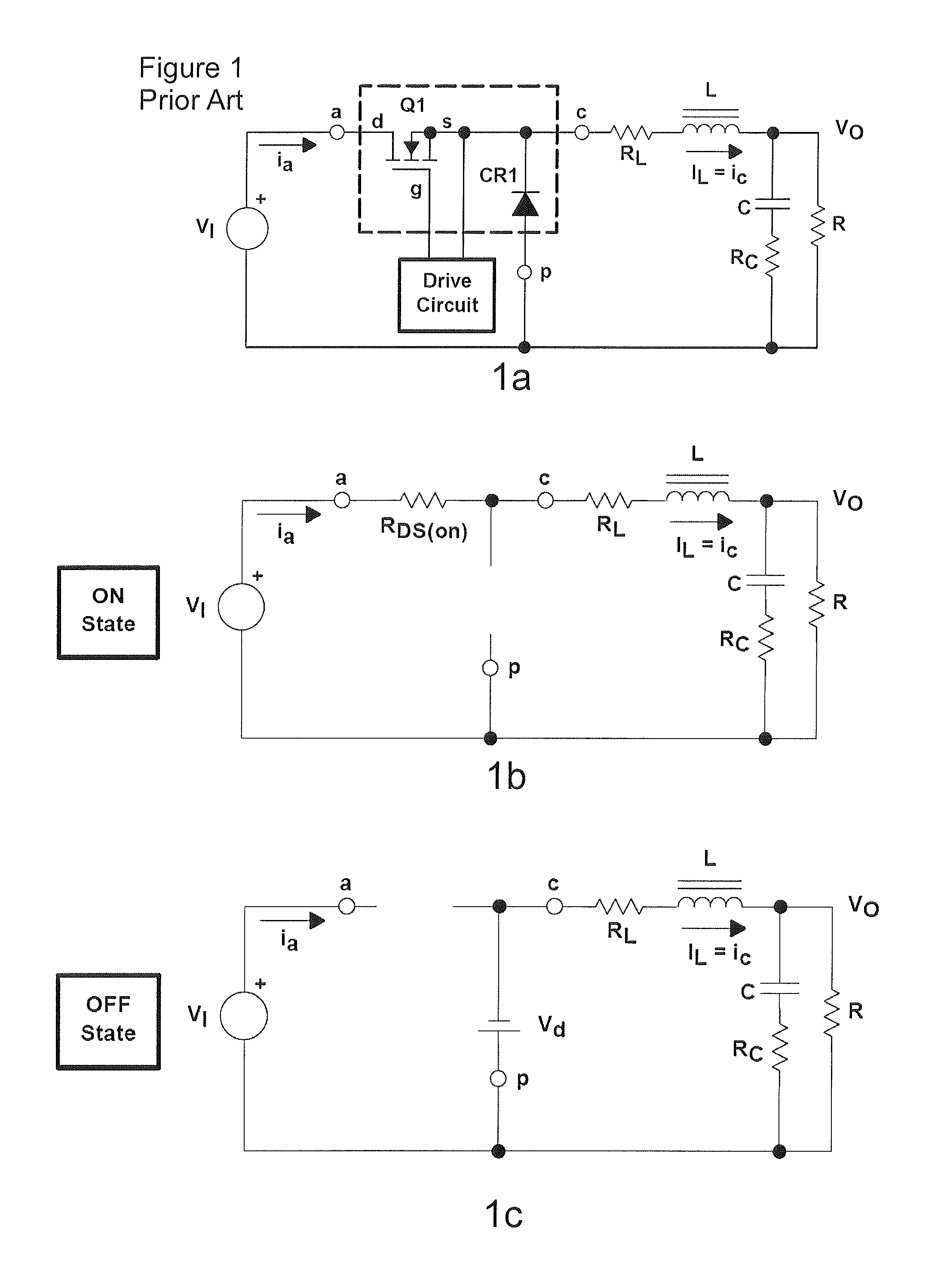Although PWM schemes are common place due to the simplicity of
digital switching between two binary states of ON and OFF they have significant disadvantages including:1. Uneven power supply loading: By switching the
light emitting device loads on and off at the same time causes the power supply to provide zero output or full output on a continuously switched basis which reduces the
overall efficiency of the
power supply unit (PSU)2. The
Electromagnetic interference (EMI) of a PWM
system is far more complicated than with other control methods as the changes in
duty cycle results in a wide frequency range of
noise being emitted.3. The amplitude of the EMI is increased as the
forward current is increased as the pulsing currents through the electrical leads connecting the driver
electronics to the illumination system fixtures may act as transmitters of
radio frequency energy that could cause interference with other equipment as the interference is very high at the transition of the current switching.4. The pulsing of PWM systems for a variety of applications are not acceptable especially where high refresh rates are required.
For example, in TV and Film environments the camera's are usually digital and a mismatch between the camera capture frequency and the PWM
fixed frequency results in
poor quality imaging in both intensity and colour.5. The dimming
dynamic range of PWM systems are usually very poor as the only way to dim the lighting loads is by reducing the
duty cycle and at low duty cycles there is a very small percentage of time when the
light emitting device is actually illuminated.
Some PWM systems offer
high resolution 16-bit dimming (1:65535) ratios however as the dimming range is extended the maximum
fixed frequency has to reduce which can results in visual
flicker or a beating effect.6. PWM systems have a fixed maximum
forward current and additional circuitry is required in order to change this adding extra cost and complexity to the design.7. PWM based systems are much less efficient at driving (O)LEDs when being dimmed in some circumstances up to 150% less efficient compared to DC or
constant current reduction dimming as discussed by Gu, Y et al, in the SPIE 2006 paper entitled “Spectral and
Luminous Efficacy Change of High-power LEDs under Different Dimming Methods”.
SPIE 6337, 63370J.8. Additional thermal and electrical stresses are placed on the lighting load as power is rapidly cycled ON and OFF causing thermal
cycling that adds stress to the LED die or bond wires attached to the LED die.9. PWM systems make it more difficult to control complete illumination systems as it only has one variable (
Duty Cycle) in which to change the
control system output driver stage(s).
A third method often known as
Direct Current (DC) dimming or
Constant Current Reduction (CCR) has been used to power light emitting devices however the difficulty with such a technique is to obtain high efficiency from the driver output stages as they are usually implemented with linear power supplies or the dynamic dimming range is not high (1:100 or 1:200).
In addition, linear power supplies suffer from efficiency drops as the driver system input
voltage deviates from that of the
voltage required to power the emitting device(s).
Therefore, the bigger the voltage difference the more power is wasted as heat across the linear power supply components which, in turn, can cause early failure of components and reduces overall driver lifetime and efficiency.
A significant issue of the latest generation of (O)LED devices is that their efficiency to produce light from
electrical current is so high that even at very low levels of current ie; 1-10 mA the light being emitted is considerably brighter than desired in many applications due to the sensitivity of the
human eye.
These topologies are inflexible such that if different (O)LED light emitting device(s) are used with varying characteristics the performance of the
power control system will at best be altered significantly but at worst not function correctly at all.
Furthermore where the illumination system fixture requires independently controlled
light source channels such as in Red, Green, Blue and Amber the actual power used across all of the channels is significantly less than the maximum power for the combined channels and this results in the driver system operating at less than optimal performance.
Therefore, switching topologies are not suitable for precise or repeatable current control at low forward currents and the lowest current limit of a system is determined by the switching speed (or minimum pulse width) achieved by the
MOSFET switching device.
Although this technique achieves a wider dynamic dimming range compared to a standard switching technique there are still pulses in the current through the light emitting device(s) load and maintains the majority of disadvantages attributed to the PWM dimming technique at lower currents.
Also the circuit topology described is configured such that it is not possible to operate said power system in a common
anode topology for more than one light emitting device output.
In addition, the circuit topology described is not able to bond one or more output channels together to increase total (O)LED output current.
A further
disadvantage of US patent 2009 / 0302779A1 is that the design does not contain fault tolerant error protection so if the
anode terminal is shorted to ground or to the
cathode of another output connector the switching IC or
MOSFET would fail rendering the
power controller inoperable.
Increasing the
capacitance on the output stage means bulkier components and if the output voltage is high eg>20V then component costs increase.
Therefore, such switching designs are usually limited to being fixed once into production.
In addition, the LM3414 still suffers from the ability to channel bond multiple outputs, dim the output current in an analogue (or non PWM) fashion to low currents (The LM3414
datasheet indicates a minimum analogue dimming current of approximately 100 mA can be achieved) and cannot tolerate miss-wiring of the (O)LED outputs potentially resulting in
catastrophic failure of the driver stage in application.
Consequently, linear regulators offer simple design and less EMI issues compared to
switching power topologies however their efficiency, size and
heat generation limit their scope to lower power applications.
They are, however, more complicated, their switching currents can cause electrical
noise problems if not carefully suppressed, and simple designs may have a poor
power factor.
 Login to View More
Login to View More  Login to View More
Login to View More 


